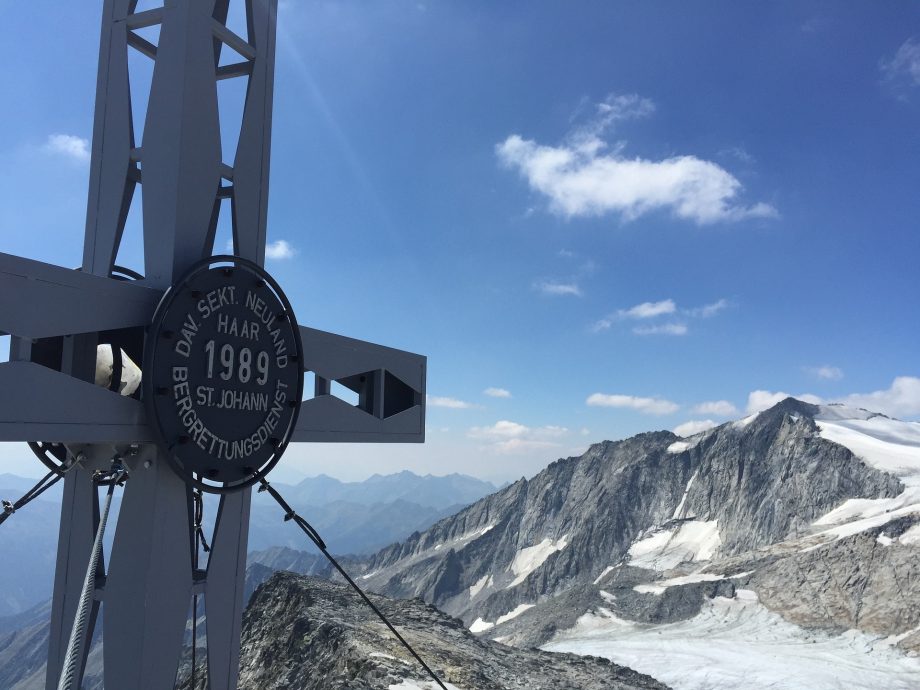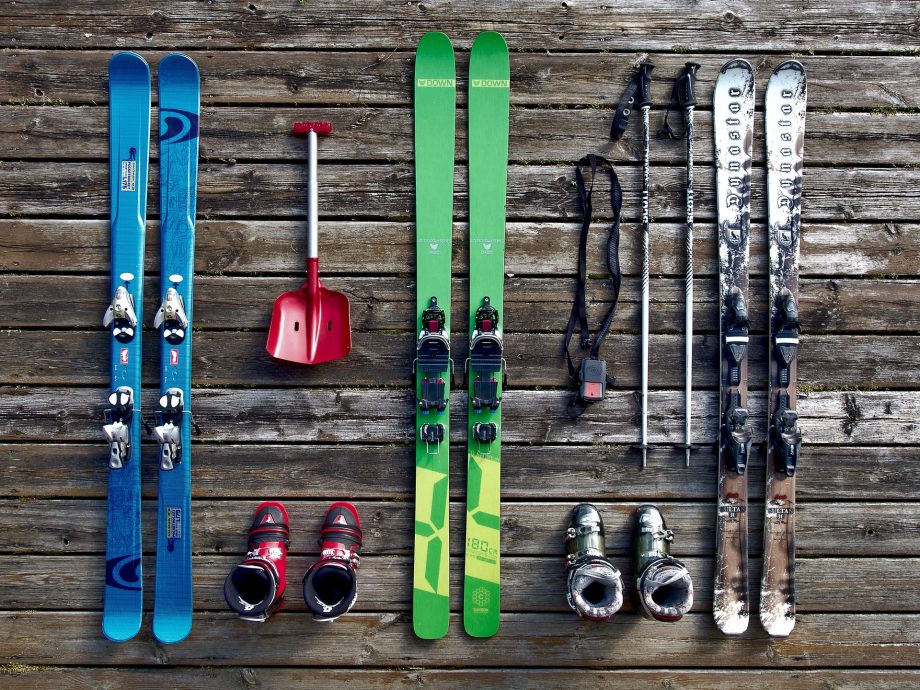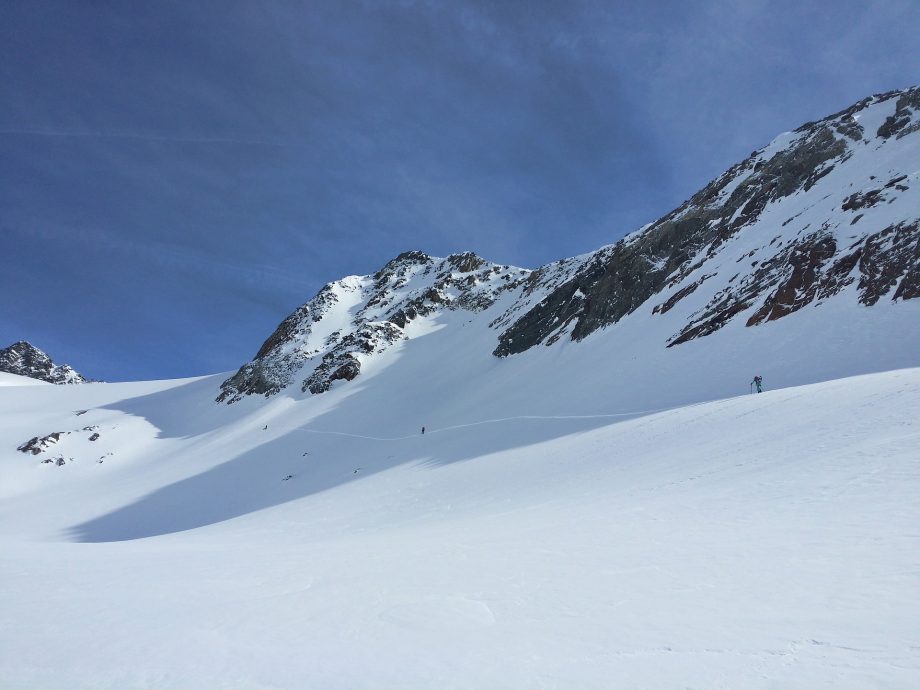Skiing in Austria

In the 1970s British skiers chose to go to Tirol and Salzburgerland. But with the development of the French super resorts, our heads were turned by the huge ski areas that were on offer. However times they are a changing again, and it is all down to cost. Austria is just better value for money than the hugely popular French resorts; from ski passes to accommodation, everything is just that little bit cheaper. So now that’s decided, where do you go once you’re in Austria? Read on to find out more.
Kitzbühel
Kitzbühel and skiing have gone hand in hand since 1893. The resort now boasts 54 cable cars, 179 km of beautifully groomed piste and the infamous Streif run (the meanest and scariest downhill race on the World Cup circuit). Kitzbühel stretches over two provinces, seven municipalities and up to 2,000 meters above sea level. If you are searching for more evidence why this should be your next ski destination, skiresort.de (the world’s largest test portal for ski resorts) voted the Kitzbühel ski area as the “best ski resort in the world” in 2013, 2014 and 2015! The local slopes are divided into three areas: the Kitzbüheler Horn, the much more extensive Hahnenkamm and neighbouring Bichlalm. Bichlalm is now reached by a new chairlift introduced in 2015/16 and snowcat.
But don’t be put off Kitzbühel just because you are not a pro skier or adrenalin junky. The whole resort is not designed to stretch you as a skier, in fact Kitzbühel is a beautiful resort, with a plethora of mainly intermediate runs that seem to flow forever. Even the Streif turns into a family friendly affair once you have gotten past the whole 85 degree slope, death defying run part.
The town itself is a medieval silver-mining centre, and wholeheartedly deserves its reputation as the most beautiful ski town in Europe, with its heavily buttressed walls and delicately painted frescoes. The pedestrianised centre is inside the old city walls and the whole town is set against the backdrop of the impressive Wilder Kaiser Mountains. Despite the abundance of 4* and 5 * hotels, the upscale cafes and the designer shops that line the narrow streets, the actual cost of staying here is surprisingly light on the purse strings (in comparison to Courchevel or Zermatt that is).
The only down side to Kitzbühel is its low altitude and in recent years the lack of snow has been seriously worrying. Fear not though as the organisers behind the Hahnenkamm had method in their madness when they changed the date of it from March to January – that is when you are guaranteed to have the most snow (and February too).
As an extra note, Kitzbühel links (by a short bus ride) to the 280km and 90 lifts of the Skiwelt area, which includes Westendorf and Söll. Kitzbühel has its own lift pass separate from the Skiwelt pass, while a nine-area Kitzbühel Alps AllstarCard covers both.
St. Johann in Tirol
St Johann in Tirol is a large resort with 19 lifts (5 chair lifts, 14 surface lifts) that offers skiers over 1030 metres (3379 feet) of vertical descent and 172 miles of cross country trails. It has 346 acres of terrain over 23 pistes. It is probably best suited to beginner skiers and snowboarders but there is some terrain for both expert and intermediates. For snowboarders, there is a terrain park and a half pipe. The majority of the pistes are covered by snowmaking for when there isn’t a huge amount of natural snow.
Saalbach
With seemingly endless pistes, pristine covered slopes and a beautiful landscape, the Skicircus of Saalbach, Hinterglemm, Leogang and Fieberbrunn (added in 2015/16) is a winter sports area in the Austrian federal state of Salzburg. With 270 kilometres of ski slopes, it is one of the largest ski areas in Austria and best suited to intermediates. It has 70 cableways and lifts, more than 60 cosy ski huts, 5 snow parks, 2 free-riding parks, 2 floodlight slopes and 5 toboggan runs and is considered to be one of the most diverse ski areas in the Alps.
Saalbach town itself is the larger of the two villages (Hinterglemm is the other) and has a charming centre with traditional cafés, bars, designer clothing boutiques and a handful of 4* hotels. Hinterglemm is a much more peaceful proposition and better for families.
Zell am See
Zell am See is not like other Austrian towns, in that it isn’t a chocolate box, chalet-style village. It is a town resort but don’t let that put you off. The reason it is so appealing is the amazing glacier that lies just down the road at Kaprun. A gondola link with Viehhofen, near Saalbach, will be ready for this coming 2016/17 season. There are gondolas into the slopes from here and from the suburb of Schüttdorf, about 3km south of Zell. It’s a short bus ride to the glacier slopes of Kaprun, on the same lift pass. Saalbach is also easily reached by bus.
Kaprun
Kaprun is a village not far from Zell am See and the two resorts work well together. Zell am See has the international name and brand, while Kaprun boasts the main glacier and therefore guarantees snow even when the season is not looking good.
Kaprun has some wonderful beginner and intermediate pistes on its lower slopes and a few extreme runs up on the glacier for those who seek out those sorts of thrills. Zell am See is a short ski bus away, so there’s lots more mileage within easy reach.
Mayrhofen
Mayrhofen can be whatever you want or need it to be. It is the place where boarders can hang out the skiers and not be in conflict. The town itself is a picturesque, rustic village that has strictly maintained its traditional Tyrolean architecture as it has grown. For decades it has been one of the most popular resorts in the Alps for Brits and its après scene and thriving nightlife is either appealing or horrifying. Skiers have been coming here for over 100 years and the locals know how to provide memorable hospitality. The valley is renowned for being one of Austria’s most musical valleys, expect music, be it folk, rock or oompah to float over the slopes from every mountain hut.
Mayrhofen is the centrepiece of a Tyrolean Valley packed full of resorts. The Zillertal Valley is practically one giant resort stretching from Hochfügen and Kaltenbach to the North East, through Zell am Ziller and its linked village of Gerlos, to the Hintertux glacier to the South. Mayrhofen has 134 km of runs and 53 lifts and a reputation for reliable snow throughout a long season, with the runs mostly between 1650m and 2500m. But that’s just a fraction of what’s on offer in the region. The ski area’s lift pass, the Zillertaler Superskipass, gives access to almost 500 km of pistes in the valley, served by 177 lifts.
Despite all of this, it is not seen as the most user-friendly resort. The main ski area is on the Penken Mountain, reached by the Penken gondola (a fabulous new gondola system), with 24-seat cabins, which opened in 2015 banishing peak hour queues to history. There is no run back to town but the new gondola makes a big difference to the wait time to get back down at the end of the day. For those learning, the main nursery slopes are on the Ahorn Mountain, on the opposite side of town. However, for those who are looking to explore, Mayrhofen’s ski area also embraces the villages of Hippach, Finkenberg and Lanersbach giving you five gondola options heading up to the slopes.
For the powder hounds amongst you, Mayrhofen has one of Austria’s highest rated terrain parks as well as lots of wide slopes well above the tree line that are worth exploring after a fresh snowfall. Finally, for those looking for less snow-related activities, each April Mayrhofen plays host to Snowbombing (snowbombing.com). Snowboming is a sort of Glastonbury-on-snow, complete with live bands, DJs and ski and snowboard comps. The week-long festival acts as a major boost to accommodation and lift-pass sales.
So there you are, Austria has it all. If the cost doesn’t sway it for you, the general ambiance should help and if you need further persuading we have it summed up for you:
- If purpose built resorts aren’t your cup of tea then Austria will serve you well: charming chalet style villages, welcoming hosts and of course a warm cup of gluhwein to wash it all down with (or schnapps if you are that way inclined).
- Austrian ski schools are acclaimed throughout the world.
- Austrian snow is plentiful and powdery and lasts well into spring.
- Austrian ski resorts are typically nestled in valleys, surrounded by mountain ranges, which start above the tree line and feed into the resorts below, so you can have a varied day both above and into the trees.
- The resorts are built around villages, not the other way around, so lots of architecture and traditions and a community, not just people out to make money.
Finally, remember this, when you choose to ski in Austria, you are choosing to ski in the birthplace of downhill skiing.
Ready to go skiing in Austria?
Get the best hotel, car hire and flight deals at The Global Circle Club
Already a member of The Global Circle Club? Login to your member account to get the best hotel, car hire and flight deals. Not a member? Sign up for free membership, no membership fees, no hidden fees, save up to 40% on hotel rates and more…Click here to register


